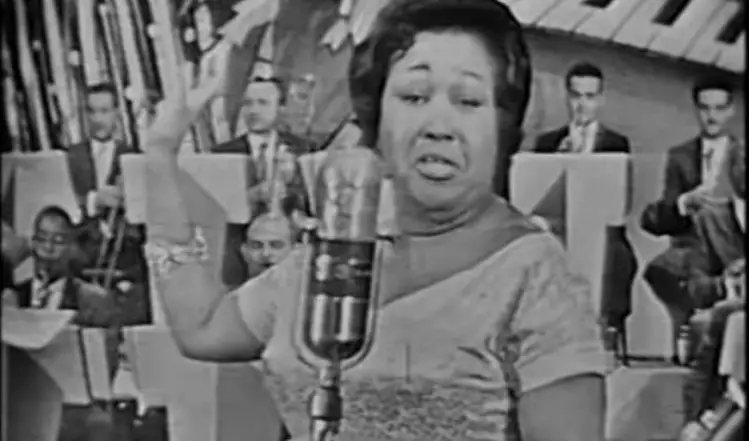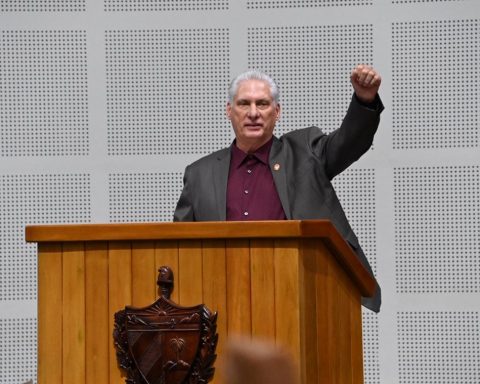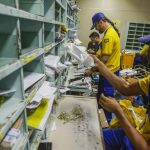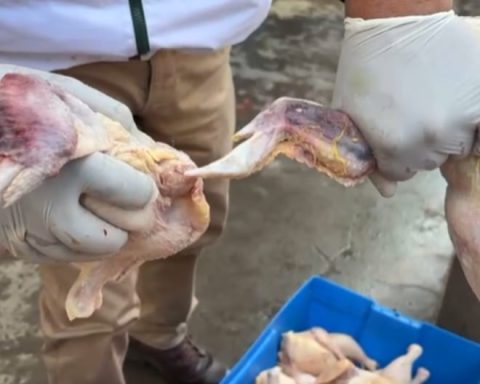MADRID, Spain.- Paulina Álvarez, from Cienfuegos, born in 1912, is the most representative and praised interpreter of the danzonete, a musical genre that, although it disappeared soon, had a moment of splendor in Cuba in the 1930s.
As a teenager, Álvarez achieved popularity after offering his version of the popular song “El manisero” by Moisés Simons on the radio.
His first successes were with the Elegant Orchestra, led by Edelmiro Pérez, in which he performed as a soloist the bolero “Lágrimas negras”, by Miguel Matamoros and the song “Mujer divina”, by the Mexican Agustín Lara, among others.
With this group he appeared on radio stations, parties in the societies of Spanish natives living in Cuba, and in the most popular theaters of the time.
In 1929 the composer Aniceto Díaz, creator of the danzonete (a genre that mixed elements of son and danzón), chose Paulina Álvarez to interpret his first danzonete: “Rompiendo la routine”. The theme reached such popularity that the young woman began to be called the “Empress of the danzonete”, a description that she kept forever.
With the Elegant Orchestra and the Neno González orchestra, she performed most of her hits as a danzonete singer.
In 1959 maestro Gilberto Valdés invited her to join the Great National Typical Orchestra, advised by Odilio Urfé and Rodrigo Prats and which brought together 64 of the best charanguero musicians in Cuba.
Paulina Álvarez, who died in 1965 at only 53 years of age, performed for the last time on May 18, 1965 on the television program “Música y Estrellas”, in which she sang, danced and performed “Lágrimas negras” in a duet with the man from Matanzas. Barbarito Tenrecognized as the “King of the danzón”.
Receive information from CubaNet on your cell phone through WhatsApp. Send us a message with the word “CUBA” on the phone +525545038831, You can also subscribe to our electronic newsletter by giving click here.
















